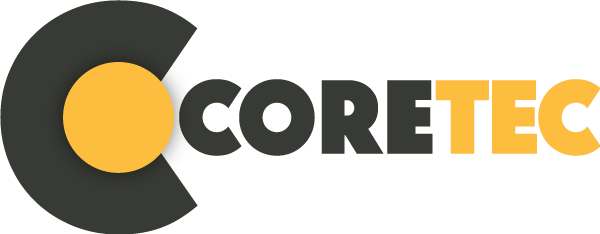The U.S.-based material supplier Coretec Group who focus on silicon-based materials utilizing Cyclohexasilane (CHS) development announced that it has filed a provisional patent with its CHS derived silicon. The provisional patent notes three LED applications that Coretec believes its CHS technology is suited for.

The first application is the ability to create a cost-efficient, high intensity UV LED capable of killing COVID-19 and other microorganisms. As one of the existing challenges of UV LED is the limitation of reaching needed intensity light, CHS LEDs enable higher intensity UV light that is fast and effective in killing viruses and microorganisms.
The second application is a narrow frequency of light for vertical agriculture, capable of emitting light frequency bands that improve desired crop attributes, such as vitamins in vegetables. LEDs emitting specific frequency bands also improve vegetable shipping and shelf life.
The third application is high power LED lighting for municipalities, stadiums and airports. CHS enabled LEDs offer the ability to increase light output, better known as lumens, while simultaneously eliminating heat and reducing electricity usage. CHS enabled LEDs can save 90% of electricity usage, and generate huge savings for the lighting of city streets and large area lighting needs like stadiums and airports.
"The LED market is expanding into new applications and those who offer technologies capable of delivering the specific needs of these markets stand to gain tremendous value," said Michael Kraft, Chief Executive Officer of The Coretec Group. "We are pleased to have filed this provisional patent and believe that the properties and capabilities of CHS will help expand the potential of LEDs in these three high-growth markets. CHS is the key to creating a higher-efficiency, cost-effective process for highly sought after next-generation LED development."





 CN
TW
EN
CN
TW
EN






